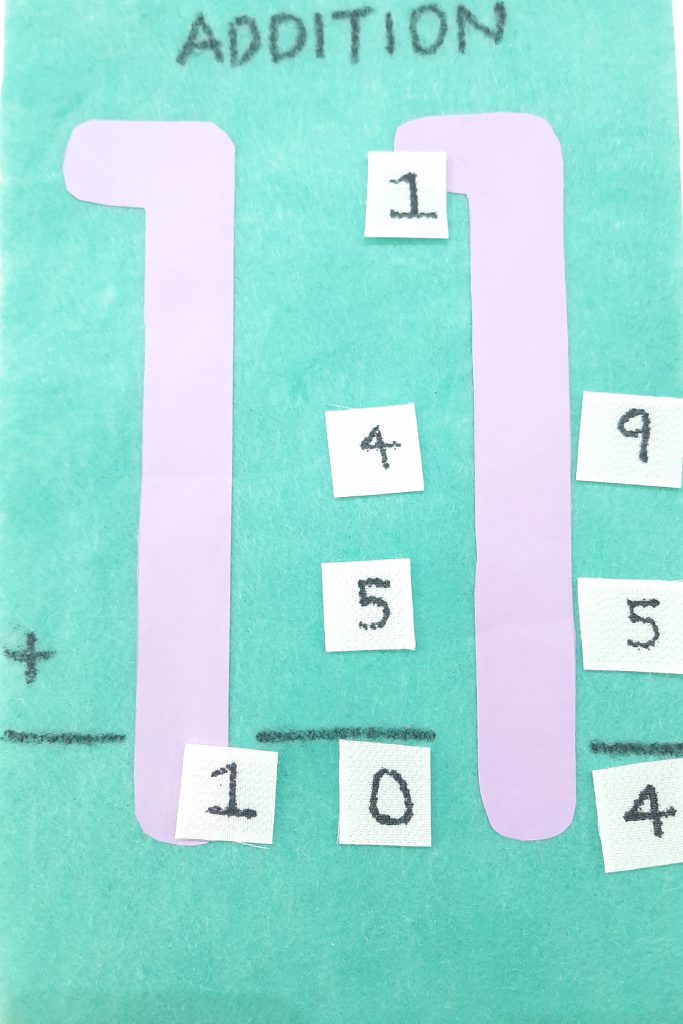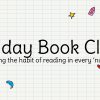Blog
The Tables Have Turned: Math is Play at our Pathshala
“Mathematics is not about numbers, equations, computations, or algorithms: it is about understanding.”
~William Paul Thurston
After a rush of adrenaline from the volunteer drive, as promised, we will now dive deep into the details of all the innovative learning aid kits that we have prepared in the volunteer drive on 13th November.
At Nukkad Pathshala, we believe in creativity and out of the box learning that pushes the boundaries of traditional methods of education. With the idea of making learning as fun as possible, we have made numerous activities for math to tweak the interest of our students. The main goal of making these math activities is to visually stimulate the interest of the students and make learning math a hands-on experience.
To defeat the boss level villain, who stirs restlessly in the folds of our immortal enemy, math, we have come up with a colourful and cheery shield to help our students understand carry forward addition. To get the answer for the given sum, the students add the ones digit, followed by carrying the tens digit of the answer over the inverted “L” and placing it above the tens digits of the sum. They then add the tens digits. This method is efficient in understanding carry forward addition since it visually stimulates the student’s brain when the numbers move.

It may take time to build castles but it only takes two paper plates, few foam sheets and a marker to make a clock. After making 12 slits on a paper plate and writing the numbers on it, we placed it on top of another paper plate that was also divided into 12 and numbered by the difference in minutes: 5,10,15, etc. The students turn the hands of the clock, and see through the slit, the difference in minutes. This makes its basic workings comprehensive, as unlike a real clock, it does not keep moving, and can be moved by our hands.

Growing up, the most dreaded part of every student’s schooling was learning the multiplication tables. The long rows and columns of increasing numbers seemed nothing less than a troop of soldiers. To stir up the black and white, ink and paper, we have used colourful felt sheets to make tables from 2 to 10. With the sums already written on the paper, the students will be provided with answers on the velcro pieces that they will place against the sums. This makes the prospect of tables more appealing since they are not only using their minds but also their hands while learning. This action of placing the numbers helps in better retention, especially if they get the answer wrong, as, during another revision, they will remember what went wrong the last time.

The real test of friendship occurs during recess when food needs to be equally divided among friends. So, to make sure that the friendships stay intact and the food divided, we have literally divided paper plates into pieces to help our students understand fractions. By taking one plate as a whole, we have cut the other plates into halves, one-third, one-fourth, and one-sixth. This is helpful for the students in understanding how smaller fractions make up a bigger fraction, for eg., 2 one fourth make a half, and how many smaller fractions will it take to make a whole, for eg., three one thirds to make a whole. This helps them have a basic and practical understanding of how division and fractions work.
To give them a better understanding of fractions and to avoid any confusion with regards to how different shapes are divided, we have also made a fraction wall. We have placed the whole strip on top, and have cut halves, one-third, one-fourth, one-sixth, one-eighth and one-tenth that are stuck below. This is efficient since the students will have a visual comparison of these fractions. The visual representation will help them in being able to physically compare the differences in the size of fractions, for eg., eight one eighth strips to make one whole strip, 2 one fourth strips to make one half strip.

These activities are a part of a kit that includes activities for English, which will be elaborated on in the coming blog. The kits are being shipped to Tamil Nadu as we speak and we are absolutely thrilled to know that the kits would reach the students very soon. There is nothing more worthwhile than the smiles of the students when they use these kits.
Nukkad Pathshala is a CSR initiative of New Opportunity which sets up free after-school learning centers across villages of India. We help students develop foundational Math, Science and English skills. Currently, we have 41 centers and 1500 students under our wing. You can learn more about our programs at www.nukkadpathshala.in
Want to get involved? You can choose to join our Online mentorship program, spend some time volunteering, or intern with us! You will get to directly impact 1,500+ change-makers!





Leave a Reply